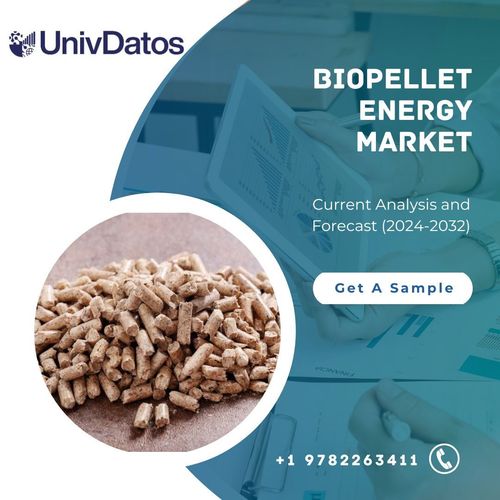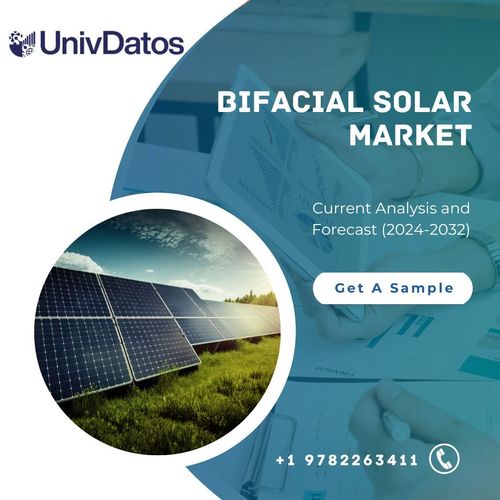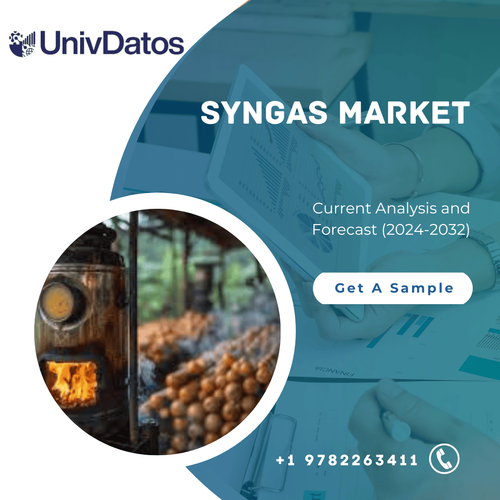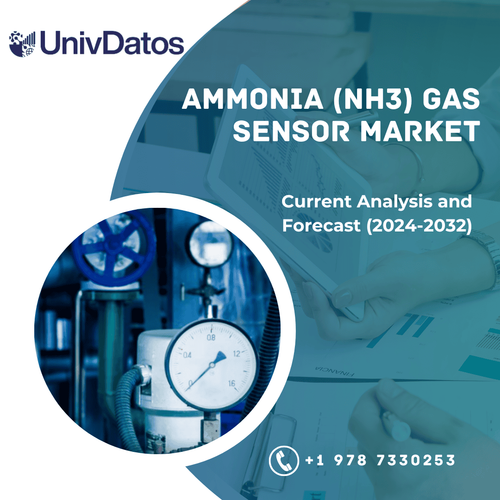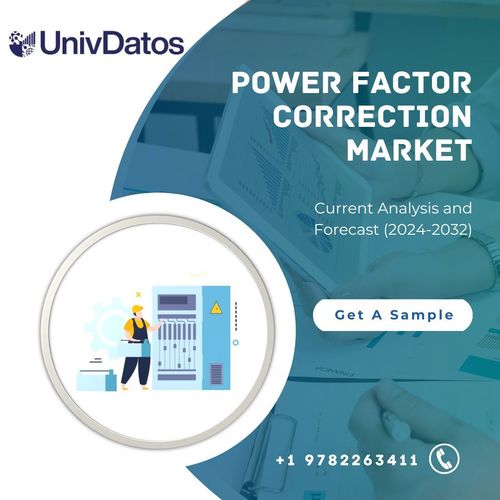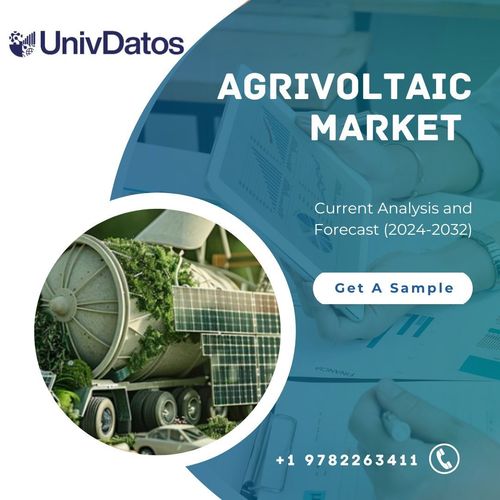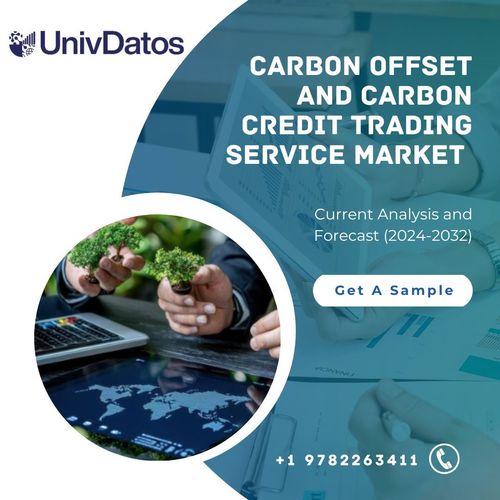Specialty Fuel Additive Market: Current Analysis and Forecast (2022-2028)
Emphasis on Product (Cetane Improvers, Antioxidants, Deposit Control Additives, Corrosion Inhibitors, Cold Flow Improvers, and Lubricity Improvers); Application (Diesel, Gasoline, Aviation Turbine Fuel, and Others); and Region/Country
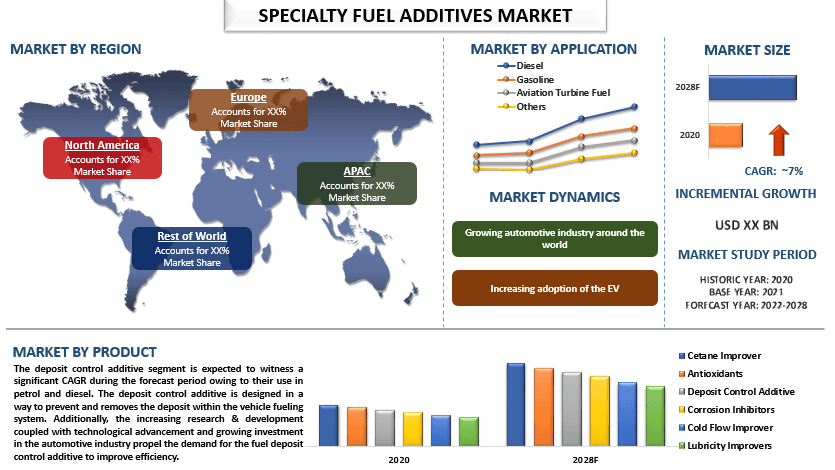
The global Specialty Fuel Additive Market is expected to grow at a significant rate of around 7% during the forecast period. Specialty fuel additives consist of chemical compounds which are intended to improve fuel efficiency and quality. Deposit control agents, antioxidants, corrosion inhibitors, metal deactivators, and antiknock agents are the properties attributed to specialty fuel additives. In recent times, specialty fuel additives witnessed significant demand due to the increasing demand from OEM to meet the challenging demand along with the decrease in the exhaust pollution level, increase demand for the specific power output, increase in fuel efficiency, greater reliability, and increased service interval duration. Additionally, to balance the temperature and improve other qualities, specialty fuel additives are commonly utilized in a variety of fuels, including diesel, gasoline, and jet fuel.
Total Energies, BASF SE, LANXESS, Dow Chemical Company, Evonik Industries, NALCO Champion, Baker Hughes, Innospec, Lubrizol, and Dorf Ketal are some of the key players in the market. Several M&As along with partnerships have been undertaken by these players to facilitate customers with hi-tech and innovative products/technologies.
Insights Presented in the Report
“Amongst Product, deposit control fuel additives category to witness higher CAGR during the forecast period”
Based on the product, the market is segmented into cetane improvers, antioxidants, deposit control additives, corrosion inhibitors, cold flow improvers, and lubricity improvers. Due to its application in gasoline and diesel, the deposit control additive market is anticipated to grow significantly over the course of the projected period. The deposit control additive is made to both prevent and remove deposits from the fueling system of moving vehicles. The demand for the fuel deposit control additive to increase efficiency is also driven by rising R&D along with technological development, increased investment, and the automobile industry.
“Amongst application, the diesel segment to hold a significant share in the market in 2020”
Based on application, the market is categorized into diesel, gasoline, aviation turbine fuel, and others. The diesel segment is expected to witness a significant market share during the forecast period owing to the requirement for improved efficiency. It is designed and added to the base fuel to minimize the risk of explosion caused by the charge of static electricity and to maximize the fuel stability of the vehicle. Also, to reduce wear and tear reduction, lower efficiency, increase fuel efficiency, and obtain peak performance specialty fuel additives are widely used in diesel fuel vehicles and associated machinery.
“Asia-Pacific to hold a significant share in the market”
In 2020, Asia-Pacific held a significant share of the global specialty fuel additive market. This is mainly attributed to expanding industrialization, the rising need for efficiency and optimized performance, and strict government emission laws. Additionally, it is anticipated that the market for specialty fuel additives would grow due to the rising demand from manufacturing and the automotive sectors globally. Additionally, the region’s market for specialty gasoline additives is anticipated to develop as a result of the strict government regulations regarding the emissions that the vehicle produces. Also, countries around the world launched several laws and regulations related to emissions from vehicles and other sources. For instance, Morocco implemented 24 policies & laws, the USA implemented 36 policies & laws, Spain implemented 65 policies, whereas Germany implemented 48 policies attributed to the emission among others. Additionally, the increasing investment and R&D activities for fuel blending and the increasing adoption of biodiesel are expected to propel the market growth in the region. For instance, according to the IEA, the total demand for biodiesel was 146728 million liters and 155430 million liters for the years 2020 and 2021 respectively whereas the demand for ethanol was 96565 million liters and 102107 million liters for the years 2020 and 2021 respectively.
Reasons to buy this report:
- The study includes market sizing and forecasting analysis validated by authenticated key industry experts.
- The report presents a quick review of overall industry performance at one glance.
- The report covers an in-depth analysis of prominent industry peers with a primary focus on key business financials, product portfolio, expansion strategies, and recent developments.
- Detailed examination of drivers, restraints, key trends, and opportunities prevailing in the industry.
- The study comprehensively covers the market across different segments.
- Deep dive regional level analysis of the industry.
Customization Options:
The global specialty fuel additive market can further be customized as per the requirement or any other market segment. Besides this, UMI understands that you may have your own business needs, hence feel free to connect with us to get a report that completely suits your requirements.
Table of Contents
1. Market Introduction
- Market Definitions
- Main Objective
- Stakeholders
- Limitation
2. Research Methodology Or Assumption
- Research Process of the Specialty Fuel Additive Market
- Research Methodology of the Specialty Fuel Additive Market
- Respondent Profile
3. Market Synopsis
- Market Synopsis
4. Executive Summary
- Executive Summary
5. Impact Of Covid-19 On The Specialty Fuel Additives Market
- Impact Of Covid-19 On The Specialty Fuel Additives Market
6. Specialty Fuel Additives Market Revenue (usd Bn), 2020-2028f
- Specialty Fuel Additives Market Revenue (usd Bn), 2020-2028f
7. Market Insights By Product
- Cetane Improver
- Antioxidants
- Deposit Control Additive
- Corrosion Inhibitors
- Cold Flow Improver
- Lubricity Improvers
8. Market Insights By Application
- Diesel
- Gasoline
- Aviation Turbine Fuel
- Others
9. Market Insights By Region
- North America
- U.S.
- Canada
- Rest of North America
- Europe
- Germany
- U.K.
- France
- Italy
- Spain
- Rest of Europe
- Asia-Pacific
- China
- Japan
- India
- Rest of Asia-Pacific
- Rest of World
- North America
10. Specialty Fuel Additives Market Dynamics
- Market Drivers
- Market Challenges
- Impact Analysis
11. Specialty Fuel Additives Market Opportunities
- Specialty Fuel Additives Market Opportunities
12. Specialty Fuel Additives Market Trends
- Specialty Fuel Additives Market Trends
13. Demand And Supply-side Analysis
- Demand Side Analysis
- Supply Side Analysis
14. Value Chain Analysis
- Value Chain Analysis
15. Competitive Scenario
- Competitive Landscape
- Porters Fiver Forces Analysis
- Competitive Landscape
16. Company Profiled
- Total Energies
- BASF SE
- LANXESS
- Dow Chemical Company
- Evonik Industries
- NALCO Champion
- Baker Hughes
- Innospec
- Lubrizol
- Dorf Ketal
17. Disclaimer
- Disclaimer
Research Methodology for the Specialty Fuel Additive Market Analysis (2022-2028)
Analyzing the historical market, estimating the current market, and forecasting the future market of the global specialty fuel additive market were the three major steps undertaken to create and analyze the adoption of specialty fuel additives in major regions globally. Exhaustive secondary research was conducted to collect the historical market numbers and estimate the current market size. Secondly, to validate these insights, numerous findings and assumptions were taken into consideration. Moreover, exhaustive primary interviews were also conducted, with industry experts across the value chain of the global specialty fuel additive market. Post assumption and validation of market numbers through primary interviews, we employed a top-down/bottom-up approach to forecasting the complete market size. Thereafter, market breakdown and data triangulation methods were adopted to estimate and analyze the market size of segments and sub-segments of the industry pertains to. Detailed methodology is explained below:
Analysis of Historical Market Size
Step 1: In-Depth Study of Secondary Sources:
Detail secondary study was conducted to obtain the historical market size of the specialty fuel additive market through company internal sources such as annual reports & financial statements, performance presentations, press releases, etc., and external sources including journals, news & articles, government publications, competitor publications, sector reports, third-party database, and other credible publications.
Step 2: Market Segmentation:
After obtaining the historical market size of the specialty fuel additive market, we conducted a detailed secondary analysis to gather historical market insights and share for different segments & sub-segments for major regions. Major segments are included in the report as product and application. Further country-level analyses were conducted to evaluate the overall adoption of testing models in that region.
Step 3: Factor Analysis:
After acquiring the historical market size of different segments and sub-segments, we conducted a detailed factor analysis to estimate the current market size of the specialty fuel additive market. Further, we conducted factor analysis using dependent and independent variables such as various products and applications of specialty fuel additives. A thorough analysis was conducted for demand and supply-side scenarios considering top partnerships, mergers and acquisitions, business expansion, and product launches in the specialty fuel additive market sector across the globe.
Current Market Size Estimate & Forecast
Current Market Sizing: Based on actionable insights from the above 3 steps, we arrived at the current market size, key players in the global specialty fuel additive market, and market shares of the segments. All the required percentage shares split, and market breakdowns were determined using the above-mentioned secondary approach and were verified through primary interviews.
Estimation & Forecasting: For market estimation and forecast, weights were assigned to different factors including drivers & trends, restraints, and opportunities available for the stakeholders. After analyzing these factors, relevant forecasting techniques i.e., the top-down/bottom-up approach were applied to arrive at the market forecast for 2028 for different segments and sub-segments across the major markets globally. The research methodology adopted to estimate the market size encompasses:
- The industry’s market size, in terms of revenue (USD) and the adoption rate of the specialty fuel additive market across the major markets domestically
- All percentage shares, splits, and breakdowns of market segments and sub-segments
- Key players in the global specialty fuel additive market in terms of products offered. Also, the growth strategies adopted by these players to compete in the fast-growing market
Market Size and Share Validation
Primary Research: In-depth interviews were conducted with the Key Opinion Leaders (KOLs) including Top Level Executives (CXO/VPs, Sales Head, Marketing Head, Operational Head, Regional Head, Country Head, etc.) across major regions. Primary research findings were then summarized, and statistical analysis was performed to prove the stated hypothesis. Inputs from primary research were consolidated with secondary findings, hence turning information into actionable insights.
Split of Primary Participants in Different Regions
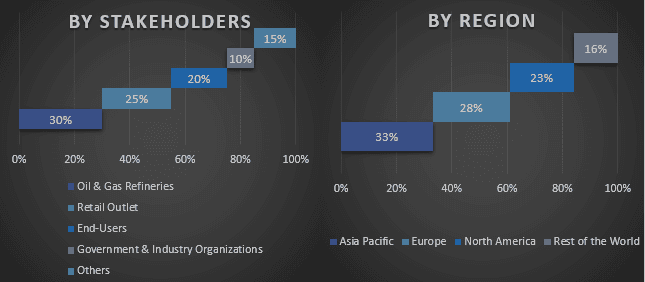
Market Engineering
The data triangulation technique was employed to complete the overall market estimation and to arrive at precise statistical numbers for each segment and sub-segment of the global specialty fuel additive market. Data was split into several segments & sub-segments post studying various parameters and trends in the areas of product and application in the global specialty fuel additive market.
The main objective of the Global Specialty Fuel Additive Market Study
The current & future market trends of the global specialty fuel additive market were pinpointed in the study. Investors can gain strategic insights to base their discretion for investments on the qualitative and quantitative analysis performed in the study. Current and future market trends determined the overall attractiveness of the market at a regional level, providing a platform for the industrial participant to exploit the untapped market to benefit from a first-mover advantage. Other quantitative goals of the studies include:
- Analyze the current and forecast market size of the specialty fuel additive market in terms of value (USD). Also, analyze the current and forecast market size of different segments and sub-segments
- Segments in the study include areas of product and application.
- Define and analysis of the regulatory framework for the specialty fuel additive
- Analyze the value chain involved with the presence of various intermediaries, along with analyzing customer and competitor behaviors of the industry.
- Analyze the current and forecast market size of the specialty fuel additive market for the major region.
- Major countries of regions studied in the report include Asia Pacific, Europe, North America, and the Rest of the World.
- Company profiles of the specialty fuel additive market and the growth strategies adopted by the market players to sustain in the fast-growing market
- Deep dive regional level analysis of the industry.
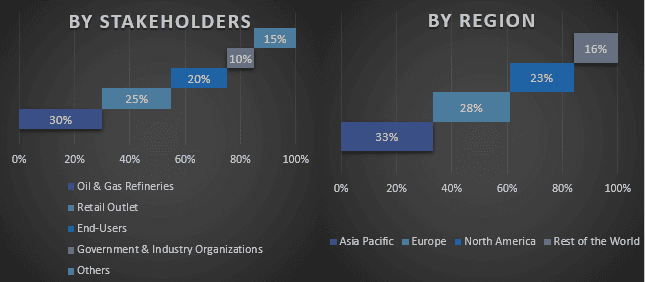
You can also purchase parts of this report. Do you want to check out a section wise
price list?
Related Reports
Customers who bought this item also bought

